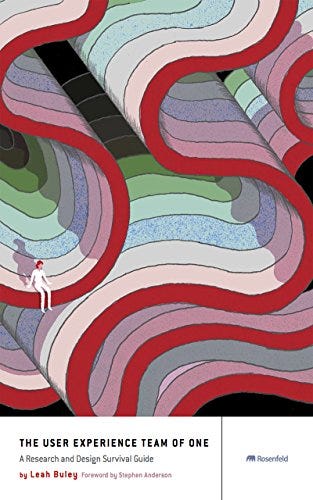Member-only story
Women in UX: Leah Buley

For many of us, learning about user experience was a classic, “aha!” moment. User experience is design, coding, engineering, psychology, and human-computer interaction coming together in a career that has meaningful impact on how the technology of today can become the technology of the future. Dramatic? Maybe a little. But I remember being fresh out of my communication undergrad, disenchanted with the idea of entering the boy’s club known as the film industry. I remember the rush of understanding that came with learning what UX really meant. I remember thinking, “This is for me.”
Leah Buley got into the UX game long before I did, but had a similar moment of realization. She went from being an “HTML hack” to a bastion of the UX community, an advocate for users, and the sage behind the book often handed out as gospel in classrooms: The User Experience Team of One: A Research and Design Survival Guide. This is a book that has guided my approach to countless projects, and indeed my overall outlook on the UX industry. Being imbedded in the industry, it might not seem necessary to advocate for user experience: we already know how important, effective, and beneficial it is to know what your users want, need, and expect. But Buley’s book gives readers guidance — it truly is a survival guide — on navigating a workplace where UX might not be appreciated.

Buley’s career has time and again proven two things (our takeaways for this article): caring about users isn’t enough, you have to do the work to prove their worth and that design shouldn’t be sequestered away from other departments.
UX Team of One
Buley described her work before discovering UX as “pushing pixels.” This was when she was a front end engineer, or as she put it, an “HTML hack.” Like many of us, she was self-taught, a tinkerer with tools like Adobe Illustrator. She wanted her design to be more meaningful, she wanted to have more influence on what was being designed and why. After discovering the term user experience on a blog and having her “Nirvana moment” she started on the path toward becoming a user experience professional. She was, at this point, a UX team of one.

